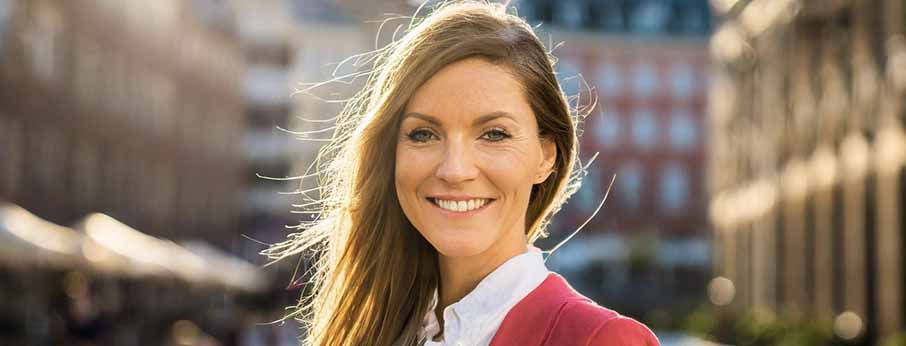Introduction to Watercolor Painting
Watercolor painting is a versatile and expressive medium that has been cherished by artists for centuries. It is known for its translucency and fluidity, which can create stunning effects that are not easily replicated with other painting mediums.
In this tutorial, we will explore the basics of watercolor painting, from the materials you need to the techniques that can help you create beautiful artwork.Whether you are a beginner or looking to refine your skills, this guide is designed to inspire and inform your watercolor journey.
Watercolor Tutorial – Mastering the Art of Watercolor Painting
One of the most appealing aspects of watercolor painting is its inherent ability to capture the nuances of light and color. The way watercolor pigments interact with water and paper can produce a range of results, from delicate washes to bold, vibrant strokes. In this section, we will delve into the essential techniques such as wet-on-wet, dry brush, and glazing, and how they can be used to achieve different effects in your paintings.
Another key component of watercolor painting is understanding the importance of paper quality and texture. The choice of paper can greatly influence the outcome of your artwork, and we will discuss how to select the right paper for your project. Additionally, we will cover the importance of color theory in watercolor painting, including how to mix colors and create a cohesive color palette for your work.
- Materials Needed for Watercolor Painting
- Watercolor paints (tubes or pans)
- Watercolor paper (cold press, hot press, or rough)
- Brushes (round, flat, and pointed)
- Palette for mixing colors
- Water containers
- Paper towels or a sponge
- Masking tape or art masking fluid
- Basic Watercolor Techniques
- Wet-on-wet technique
- Dry brush technique
- Glazing
- Lifting off
- Salt texture effect
- Advanced Watercolor Techniques
- Creating gradients and ombre effects
- Layering colors (glazing)
- Using masking fluid for highlights
- Splattering and spraying techniques
| Aspect | Description |
|---|---|
| Medium | Watercolor |
| Key Characteristics | Translucency, Fluidity |
| Techniques | Wet-on-wet, Dry brush, Glazing, Lifting off |
| Materials | Paints, Paper, Brushes, Palette |
| Texture Effects | Salt, Splattering, Masking Fluid |
Essential Watercolor Supplies
Before diving into the techniques, it is crucial to understand the essential supplies needed for watercolor painting. High-quality watercolor paints, a range of watercolor brushes, and watercolor paper are the foundation of any watercolor artist’s toolkit. When selecting paints, consider both tubes and pans, and look for artist-grade materials for better pigmentation and longevity. Brushes come in various shapes and sizes, each serving a unique purpose, from laying down broad washes to adding fine details. Watercolor paper is specifically designed to absorb water and pigment without warping, and it comes in different textures and weights.
Read more articles about this topic Solawave Tutorial.
Understanding Color Theory
Color theory is an essential aspect of any form of painting, and watercolor is no exception. Familiarize yourself with the color wheel, which will help you understand primary, secondary, and tertiary colors. Learning about color relationships, such as complementary and analogous colors, can greatly enhance your ability to mix colors and create harmony within your paintings. Additionally, the transparency of watercolor allows for unique color mixing opportunities through layering, known as glazing, which can produce a wide range of shades and tones.

Mastering Watercolor Techniques
There are several fundamental watercolor techniques that every artist should master. The wet-on-wet technique involves applying wet paint onto wet paper, which allows for soft, diffused edges and spontaneous color blending. In contrast, the wet-on-dry technique is used to achieve more controlled and defined strokes. Another important technique is dry brushing, which creates texture and fine details. Experimenting with these techniques will help you develop your own style and approach to watercolor painting.
Creating a Watercolor Wash
One of the most basic yet powerful techniques in watercolor painting is creating a wash. A flat wash is a uniform layer of color, while a graded wash transitions smoothly from dark to light. To create a wash, you’ll need to mix a sufficient amount of paint with water and apply it evenly across the paper. The angle of your paper and the amount of water you use will affect the outcome, so practice is key to achieving the desired effect.
Exploring Textures and Effects
Watercolor is well-suited for creating a variety of textures and effects that can add interest and depth to your paintings. Techniques such as splattering, using salt, or incorporating masking fluid can create unique visual elements. Splattering can mimic the texture of spray or dirt, while salt can absorb water and pigment to create a starburst effect. Masking fluid is applied to preserve white spaces or highlights and is removed after the paint has dried.

Layering and Glazing
Layering, or glazing, is a technique where thin, transparent layers of paint are applied over dry layers. This method can enhance the luminosity and depth of your watercolors. When glazing, it’s important to allow each layer to dry completely before applying the next. This will prevent the colors from bleeding into one another and will give you more control over the final outcome. Glazing can be used to adjust values, intensify colors, and add complexity to your paintings.
Painting with Control and Precision
While watercolor is often associated with loose and fluid strokes, there are times when control and precision are necessary. Using a fine-tipped brush and a steady hand, you can add sharp details and refined touches to your work. Techniques such as lining and stippling can be used to define edges, add texture, or convey intricate features. Practicing these techniques will enhance your ability to convey realism and detail in your watercolor paintings.
Combining Techniques for Dynamic Results
The true beauty of watercolor painting lies in the ability to combine various techniques to achieve dynamic and interesting results. By integrating wet-on-wet with dry brushing, or layering with textural effects, you can create paintings that are rich with visual interest. Don’t be afraid to experiment and let your creativity guide you. The more you play with different techniques, the more you’ll discover about the possibilities of watercolor.
Read more about this topic Balloon Arch Tutorial here.
Conclusion – Practice Makes Perfect
Watercolor painting is a skill that improves with practice. The more you paint, the more comfortable you’ll become with the medium and its unique characteristics. Remember to be patient with yourself and enjoy the process of learning. Keep experimenting with different techniques, colors, and textures. With time and dedication, you’ll develop your own distinctive style and create watercolor paintings that are truly your own.
